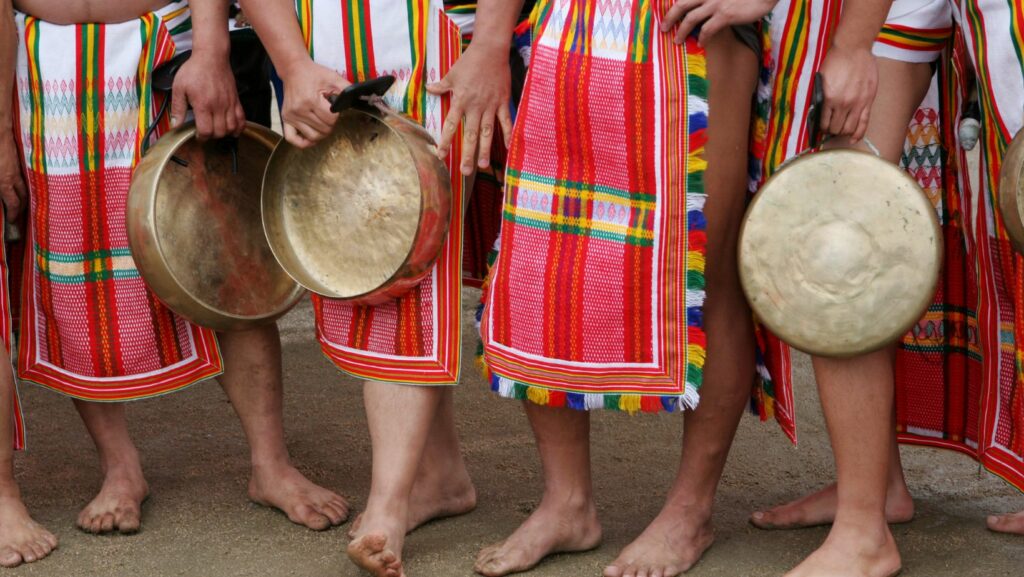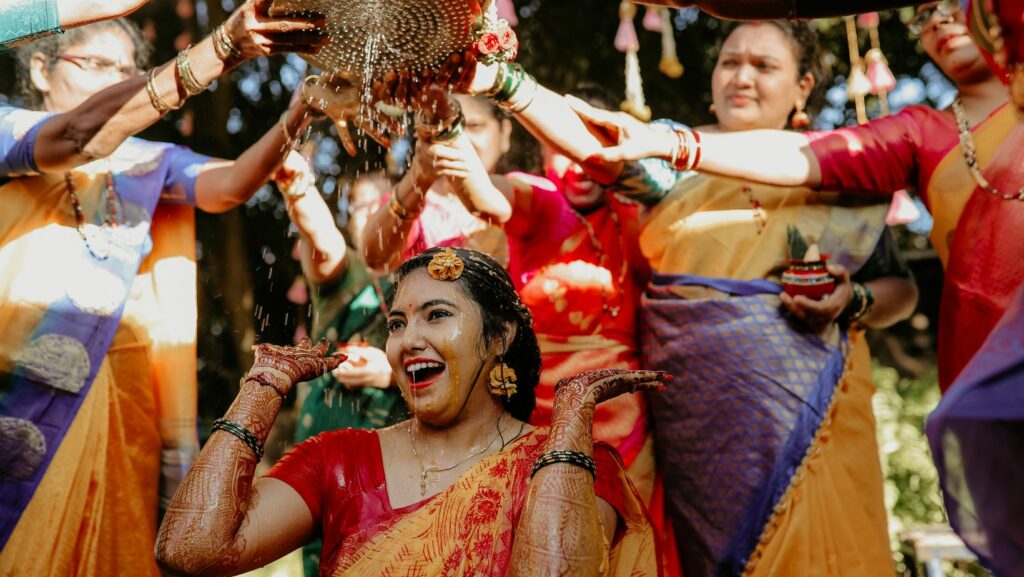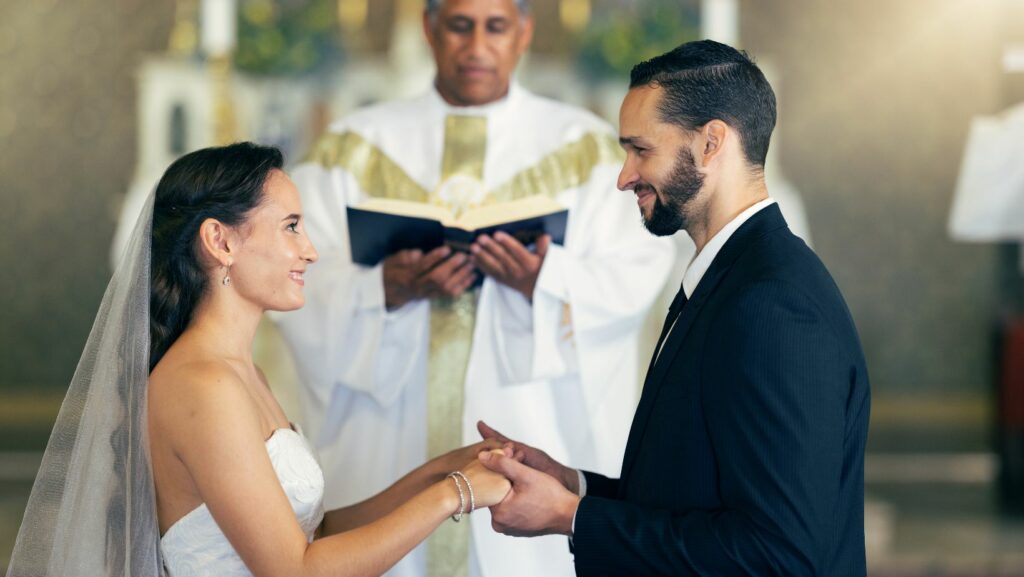 A traditional Filipino wedding is a vibrant tapestry of customs and rituals that reflect the country’s rich cultural heritage. Rooted in a blend of indigenous, Spanish, and American influences, these weddings are a celebration of love, family, and community. They offer a unique glimpse into the values and traditions that have been passed down through generations. From the solemnity of the church ceremony to the lively reception filled with music and dance, every aspect of a Filipino wedding is steeped in symbolism. The inclusion of rituals like the arrhae, veil, and cord ceremonies highlights the couple’s commitment and unity, while also honoring their families. These traditions create a meaningful experience not just for the couple but for everyone in attendance. In a world where modern trends often overshadow cultural practices, traditional Filipino weddings stand as a testament to the enduring power of heritage. They remind us of the beauty and significance of honoring one’s roots.
A traditional Filipino wedding is a vibrant tapestry of customs and rituals that reflect the country’s rich cultural heritage. Rooted in a blend of indigenous, Spanish, and American influences, these weddings are a celebration of love, family, and community. They offer a unique glimpse into the values and traditions that have been passed down through generations. From the solemnity of the church ceremony to the lively reception filled with music and dance, every aspect of a Filipino wedding is steeped in symbolism. The inclusion of rituals like the arrhae, veil, and cord ceremonies highlights the couple’s commitment and unity, while also honoring their families. These traditions create a meaningful experience not just for the couple but for everyone in attendance. In a world where modern trends often overshadow cultural practices, traditional Filipino weddings stand as a testament to the enduring power of heritage. They remind us of the beauty and significance of honoring one’s roots.
Traditional Filipino Wedding
 Traditional Filipino weddings hold significant cultural and spiritual meaning, intricately weaving indigenous customs with influences from Spanish colonizers and American culture. Key elements of these weddings include ceremonies deeply rooted in symbolism and family honor.
Traditional Filipino weddings hold significant cultural and spiritual meaning, intricately weaving indigenous customs with influences from Spanish colonizers and American culture. Key elements of these weddings include ceremonies deeply rooted in symbolism and family honor.
Ceremony Elements
- Arrhae (Coin Ceremony): Involves a set of 13 gold or silver coins given by the groom to the bride, symbolizing prosperity and the couple’s mutual commitment to share responsibilities.
- Veil Ceremony: A veil, placed over the bride’s head and the groom’s shoulder, signifies unity. This act underscores the commitment to support each other throughout married life.
- Cord Ceremony: A ceremonial cord, often shaped as a figure-eight, encircles the couple’s shoulders. This symbolizes an everlasting bond and the couple’s new journey together.
Family Traditions
Family plays a crucial role in Filipino weddings. The marital union not only bonds two individuals, but it also connects their families. Parents and godparents, known as “Ninongs” and “Ninangs,” often serve as primary sponsors, guiding the couple in their marriage. Their involvement affirms family support and strengthens familial ties.
Festive Reception
Receptions are lively celebrations featuring traditional music and dances. Guests partake in native delicacies like lechon (roast pig) and bibingka (rice cakes). Dance, particularly the Tinikling where participants mimic the movement of birds, adds joy and energy to the celebration, encapsulating the festive spirit.
Traditional Filipino weddings seamlessly blend reverence and festivity, celebrating love and community.
Pre-Wedding Traditions
Traditional Filipino weddings are steeped in rich customs that precede the actual ceremony. These pre-wedding rituals play an essential role in uniting families and fostering community involvement.
Courtship and Pamamanhikan
Courtship in Filipino culture includes a respectful approach. The suitor demonstrates sincerity and seriousness by visiting the woman’s family home. During Pamamanhikan, the groom’s family visits the bride’s family to formally ask for her hand. This event involves open discussions about wedding plans and familial roles. Families exchange gifts, fostering goodwill and acceptance between them.
Engagement Customs
Engagement customs highlight commitment and shared values. Couples exchange Aso’t Pusa necklaces or religious items to signify their bond. Families may host parties or introduce the couple to extended relatives, strengthening communal ties. Pre-wedding traditions showcase the importance of family approval and cultural unity in Filipino weddings.
Traditional Wedding Attire
Traditional Filipino wedding attire showcases the elegance and cultural richness of the Philippines. Each outfit carries symbolic meaning and historical significance.
The Filipiniana Dress
 The Filipiniana dress, worn by brides, is an iconic representation of Filipino culture. Often crafted from luxurious fabrics like piña or silk, the dress features a distinctive butterfly sleeve design, reflecting the Spanish colonial influence. Embroidery and beadwork frequently adorn these dresses, adding intricate detail and highlighting Filipino artistry. Brides may choose a traditional white hue or incorporate shades of gold or ecru, symbolizing purity and prosperity.
The Filipiniana dress, worn by brides, is an iconic representation of Filipino culture. Often crafted from luxurious fabrics like piña or silk, the dress features a distinctive butterfly sleeve design, reflecting the Spanish colonial influence. Embroidery and beadwork frequently adorn these dresses, adding intricate detail and highlighting Filipino artistry. Brides may choose a traditional white hue or incorporate shades of gold or ecru, symbolizing purity and prosperity.
Barong Tagalog
The Barong Tagalog, donned by grooms, is a clear example of Filipino heritage. This lightweight, embroidered shirt is typically made from fabrics like jusi or piña, emphasizing comfort in the tropical climate. Worn untucked over a formal undershirt, the Barong Tagalog exhibits a relaxed yet dignified appearance. Commonly, these garments feature delicate embroidery patterns, often inspired by traditional motifs, symbolizing prestige and formality.



